Table of Contents
The Independence Day Flag holds a special place in the hearts of all Indians. It is not just a piece of fabric; it is a symbol of our country’s pride, unity, and the long struggle for freedom. The Independence Day Indian Flag represents the sacrifices made by countless freedom fighters who fought bravely to liberate our nation from colonial rule. On this day, every Indian feels a sense of patriotism, and the sight of the Independence Day Flag fluttering in the wind brings out the pride of being part of this great nation.
Independence Day Flag Hoisting is an important event that marks the celebration of India’s independence. Across the country, from schools and government offices to homes and public places, the Independence Day Indian Flag is hoisted with great respect and ceremony. The Independence Day Flag Hoisting is not just a tradition but a way of paying tribute to our nation and reminding us of the values of freedom, justice, and equality that our country stands for.
The Independence Day Flag consists of three horizontal bands: saffron at the top, white in the middle, and green at the bottom. Each color has a deep meaning, with saffron representing courage and sacrifice, white symbolizing peace and truth, and green standing for faith and chivalry. In the center of the Independence Day Indian Flag is the Ashoka Chakra, a navy-blue wheel with 24 spokes, representing the eternal wheel of law and dharma.
Also Check: GK Quiz on Independence Day
When we take part in the Independence Day Flag Hoisting ceremony, we are not just raising a flag; we are upholding the values that our nation was built upon. The Independence Day Flag reminds us of our duty to protect our country’s sovereignty and to work towards its progress and development. It is a powerful symbol that brings together people from all walks of life, uniting them under the common identity of being Indian.
On this day, as the Independence Day Indian Flag is hoisted, we should all take a moment to reflect on the freedom we enjoy and the responsibilities that come with it. The Independence Day Flag is more than just a national symbol; it is a representation of our past, present, and future as a nation. Let us honor it by participating in the Independence Day Flag Hoisting with respect and pride, remembering the sacrifices that have made our freedom possible.
History of Independence Day Indian Flag
Every independent nation has its own flag, symbolizing its freedom and identity. The National Flag of India, often referred to as the “tricolour,” was officially adopted during the Constituent Assembly meeting on July 22, 1947, just days before India gained independence from British rule on August 15, 1947. This flag represented the Dominion of India until January 26, 1950, after which it became the national flag of the Republic of India.
The Indian National Flag is a horizontal tricolour, with deep saffron (Kesari) at the top, white in the middle, and dark green at the bottom, all in equal proportions. The flag’s width-to-length ratio is two to three. In the centre of the white band lies a navy blue wheel, known as the “chakra,” which symbolizes the eternal wheel of law, inspired by the one found on the abacus of the Sarnath Lion Capital of Ashoka. This wheel has 24 spokes and its diameter matches the width of the white band.
Do Check: Independence Day Welcome Speech in English
Colours of the Flag
The top band of the Independence Day Flag is saffron, symbolizing the strength and courage of the country. The middle white band signifies peace and truth, with the Dharma Chakra at its centre. The green band at the bottom represents the fertility, growth, and auspiciousness of the land.
The Chakra
The Dharma Chakra on the Independence Day Indian Flag represents the “wheel of law” from the Sarnath Lion Capital, created by the Mauryan Emperor Ashoka in the 3rd century BC. This chakra highlights that life is dynamic, constantly moving forward, and that stagnation leads to decay.
Flag Code
On January 26, 2002, the Indian Flag Code was revised, allowing Indian citizens to hoist the Independence Day Flag over their homes, offices, and factories on any day, not just on national holidays. Indians can now proudly display the Independence Day Indian Flag anywhere and anytime, provided they adhere strictly to the Flag Code’s guidelines to ensure respect for the tricolour. For clarity, the Flag Code of India, 2002, is divided into three parts: Part I covers the general description of the National Flag, Part II focuses on the display of the flag by the public, private organizations, and educational institutions, and Part III addresses the display of the National Flag by Central and State governments and their respective agencies.
By following these guidelines, the tradition of Independence Day flag hoisting and the respectful display of the Independence Day Indian Flag can be upheld with pride and honour.
Also Check: Essay on Importance of Independence Day in India | Creative Independence Day Drawing
How to Become a part of Har Ghar Tiranga and get a Certificate
- Visit the harghartiranga.com website, click on “Upload Selfie,” and then select “Click to Participate” or “Next.”
- You’ll be directed to a page where you’ll need to enter basic details like your name, phone number, state, and country.
- Carefully enter your information, and you’ll be taken to a page where you can upload your selfie with the Tiranga (Indian Flag).
- Give the portal permission to use your picture on the site, then click on “Generate Certificate.” This will create your certificate, making you a proud participant in this Independence Day Flag campaign.
How to Maintain the Dignity of the Indian Flag While Hoisting?
The proper use, display, and hoisting of the Indian flag are governed by the ‘Flag Code of India 2002‘ and the ‘Prevention of Insults to National Honour Act, 1971.’ The Independence Day Indian Flag is a symbol of our nation’s struggle for freedom, so it’s essential to handle it with respect. Here are some key points to keep in mind to ensure the proper display of the Independence Day Flag:
- The bands should be in the correct order: saffron on top and green at the bottom. Never hoist the flag upside down.
- Ensure that the flag is in good condition; a torn or damaged flag should never be hoisted.
- The flag must always be upright and never be allowed to droop or be dipped.
- The flag should be treated with respect and not used as decoration or for purposes like festoons, rosettes, or bunting.
- The flag should not be part of a costume, uniform, or accessory.
- While the flag’s size can vary, the ratio must be 3:2. This correct ratio is important for the proper display of the Independence Day Indian Flag during the Independence Day Flag Hoisting.
This way, we can ensure that the Independence Day Flag is hoisted with the dignity and respect it deserves, especially during Independence Day Flag Hoisting ceremonies.
Also Check: Independence Day Welcome Speech in English
Independence Day Flag Images
The Independence Day Flag is a powerful symbol of India’s freedom and unity, representing the nation’s rich history and the sacrifices made by countless individuals. As we approach this significant day, the sight of the Independence Day Flag waving proudly fills every Indian heart with pride and patriotism. The Tricolor, with its saffron, white, and green bands, along with the Ashoka Chakra, stands as a testament to the country’s journey toward independence. Whether it’s seen fluttering on a high pole, displayed on buildings, or even creatively depicted in Independence Day flag drawings, this symbol brings a sense of national pride and unity.
Independence Day Flag images hold a special place in the hearts of Indians. These images capture the essence of the flag, whether it’s a beautifully clicked Independence Day Flag photo, a detailed Independence Day Flag drawing, or a simple yet striking Independence Day Flag pic. Each image tells its own story of the nation’s struggle for freedom and its achievements. As people search for Independence Day Flag pics to share with friends and family or use in various Independence Day celebrations, these images become a way to express love and respect for the country.
Independence Day flag images are widely used across different platforms, from social media posts to educational materials. These images not only decorate our online spaces but also remind us of the importance of Independence Day and the values that the flag represents. Whether it’s a vibrant Independence Day Flag photo, a creative Independence Day Flag drawing, or a memorable Independence Day Flag pic, these visuals play a crucial role in bringing people together and fostering a sense of patriotism.
For those looking to create or share Independence Day Flag pics, the options are endless. From high-resolution photos that capture the flag in all its glory to artistic Independence Day Flag drawings that showcase creativity and talent, each image adds to the celebration of this important day. Independence Day Flag images are more than just pictures; they are symbols of the nation’s pride, unity, and enduring spirit.
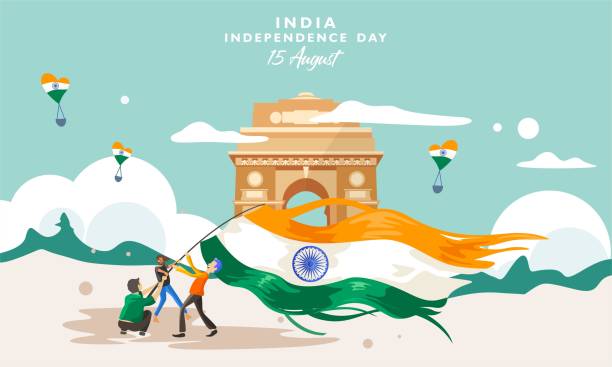
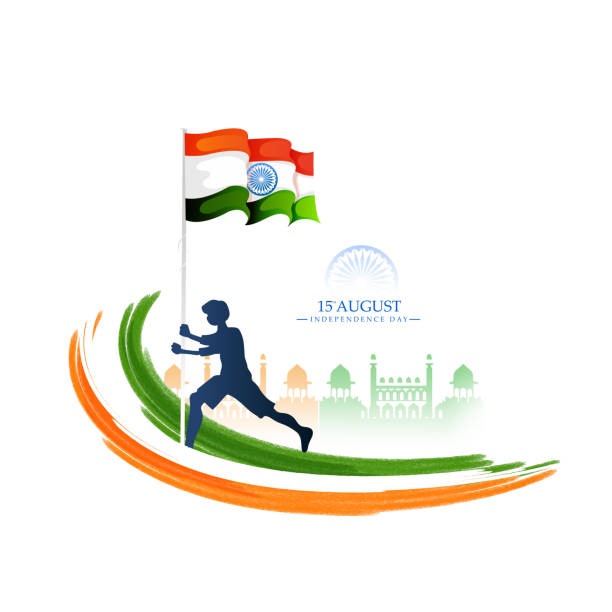
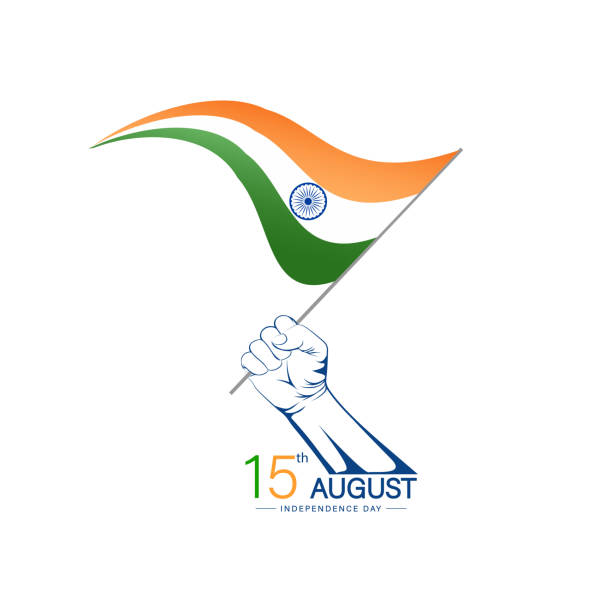
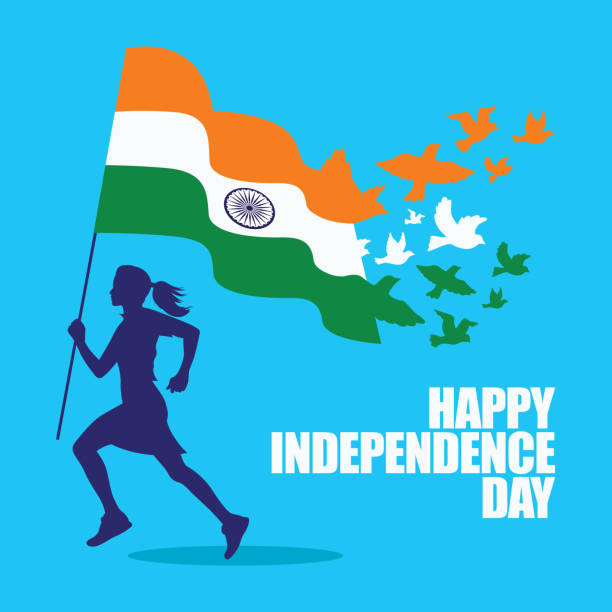
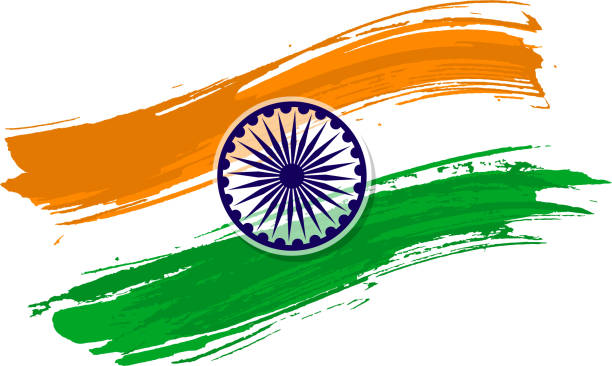
Symbolism of the Independence Day Flag
The Independence Day Flag of India, popularly known as the tricolor, is a profound symbol of the nation’s values, ideals, and the hard-fought struggle for freedom. Each color and symbol on the Independence Day Indian Flag carries deep meaning, reflecting the principles that guide the country.
Colors and Meaning of the Independence Day Indian Flag
- Saffron:
- The saffron color at the top of the Independence Day Flag represents courage and sacrifice. It symbolizes the selflessness of the nation’s leaders and citizens who fought bravely for India’s freedom. The saffron in the Independence Day Indian Flag serves as a reminder of the valor and determination that led to the country’s independence.
- White:
- The white band in the middle of the Independence Day Flag stands for peace, truth, and purity. It signifies the peaceful nature of India’s freedom struggle and the importance of maintaining harmony and truthfulness in the nation. The white color in the Independence Day Indian Flag also represents the light that guides the country towards truth and justice.
- Green:
- The green color at the bottom of the Independence Day Flag denotes faith, fertility, and the lush land of India. It reflects the country’s strong connection to its agricultural roots and its belief in growth and prosperity. The green in the Independence Day Indian Flag emphasizes the importance of faith and the sustenance provided by the fertile lands of India.
Also Check: Indian Independence Day Quotes 2024
The Ashoka Chakra on the Independence Day Flag
At the center of the Independence Day Flag lies the Ashoka Chakra, a navy-blue wheel with 24 spokes. The Ashoka Chakra is more than just a decorative element; it holds significant meaning. It symbolizes the eternal wheel of law, dharma, and progress. The 24 spokes in the Ashoka Chakra of the Independence Day Indian Flag represent the 24 hours of the day, signifying continuous progress and the importance of time. The presence of the Ashoka Chakra in the Independence Day Flag is a reminder of the teachings of Emperor Ashoka, who embraced peace and non-violence.
During Independence Day flag hoisting ceremonies, the Ashoka Chakra draws attention as a symbol of India’s historical journey and its commitment to moving forward with righteousness. The Chakra serves as a guiding force for the nation, inspiring citizens to uphold the principles of justice, equality, and progress every day.
In summary, the Independence Day Indian Flag is not just a symbol of freedom but also a representation of the core values that India stands for. The colors—saffron, white, and green—and the Ashoka Chakra together tell the story of India’s past, present, and aspirations for the future. Each element of the Independence Day Flag holds a special place in the hearts of Indians, reminding them of the sacrifices made for the nation’s independence and the values that continue to guide it today.
FAQs on Independence Day Flag
What is the significance of the colors in the Independence Day Flag?
The colors of the Independence Day Flag have deep symbolic meanings. Saffron represents courage and sacrifice, white stands for peace, truth, and purity, while green symbolizes faith, fertility, and the land of India. Together, these colors embody the core values of the nation.
Who hoists the Flag on Independence Day?
The Prime Minister of India hoists the Flag on Independence Day.
What does the Ashoka Chakra in the Independence Day Flag represent?
The Ashoka Chakra, located at the center of the Independence Day Flag, symbolizes the eternal wheel of law and dharma. Its 24 spokes represent the 24 hours of the day, signifying continuous progress and the importance of time in a nation’s development.
When was the current design of the Independence Day Flag adopted?
The current design of the Independence Day Flag, featuring the tricolor and the Ashoka Chakra, was officially adopted on July 22, 1947, just before India gained independence.
What are the protocols for Independence Day Flag hoisting?
During Independence Day flag hoisting, the flag must be hoisted ceremoniously and with respect. The saffron band should be at the top, and the flag should be raised briskly and lowered slowly. The flag must be displayed with dignity, following the guidelines of the Flag Code of India.
Why is the Independence Day Indian Flag called the 'tricolor'?
The Independence Day Indian Flag is often referred to as the 'tricolor' because of its three distinct horizontal stripes of saffron, white, and green. Each color holds significant meaning, representing the core values and ideals of the nation.









